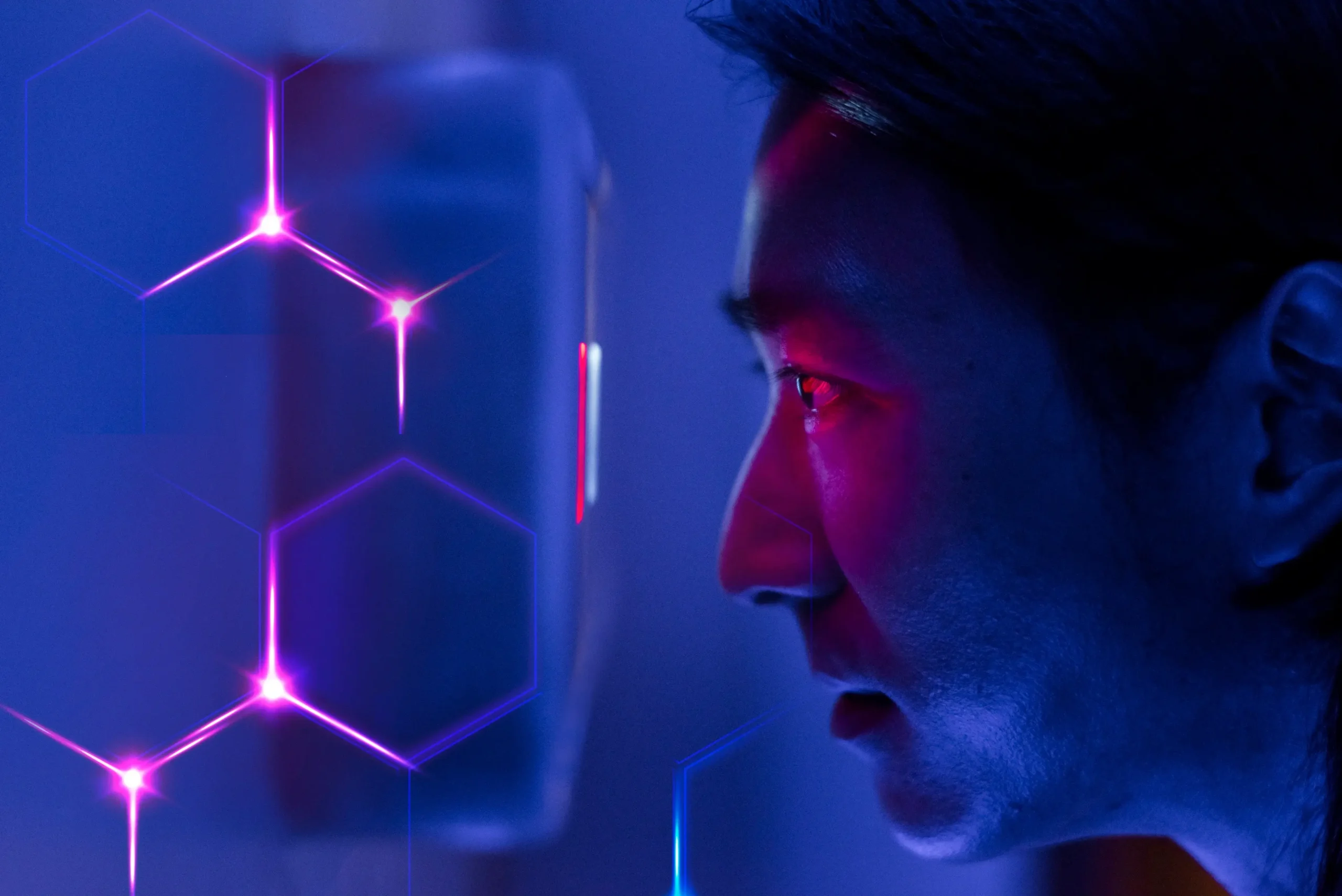There’s a common fear that AI will replace human roles—but what if we looked at it differently? AI doesn’t think, feel, or reason like we do. Once we understand that, we can clearly define its role in the workplace and focus on how humans and AI can work better together.
At Tecnet, we believe it’s not about replacing people—it’s about amplifying human potential through responsible AI adoption.
🧠 How Do Humans and AI Really Differ?
Learning & Generalization
Humans learn from experience, intuition, and emotions and can generalize knowledge. If you trip on an uneven sidewalk, you become cautious about similar surfaces, even in places you’ve never been before.
AI, on the other hand, learns through explicit training and needs to be taught every possible instance separately. A self-driving car trained on city roads may struggle on rural roads unless it is trained with separate data.
Example: You’ll instinctively watch your step after tripping once. AI needs to be trained on every possible version of that sidewalk.
Memory & Adaptability
Humans store both long-term and short-term memories and use past experiences to make decisions. A lesson learned in school about teamwork can be applied to a workplace situation.
AI typically processes task-specific data and struggles to apply knowledge across disciplines. It needs separate training for different skills. A medical AI trained to diagnose lung diseases cannot automatically diagnose heart diseases—it needs a separate training dataset.
Example: You use lessons from school in your career. AI needs a whole new dataset to switch from diagnosing lung disease to heart disease.
Handling the Unexpected
Humans can adapt to new situations using intuition and past experience. If a car breaks down in an unfamiliar place, a human can use reasoning and past experiences to find help.
AI struggles with unexpected scenarios unless trained for them. A chatbot trained on polite customer interactions may fail if a user speaks sarcastically or aggressively.
Example: A chatbot might malfunction if a customer uses sarcasm—something humans can pick up on easily.
Decision-Making & Reasoning
Humans make decisions using logic, emotions, and common sense. We can reason with incomplete data and recognize abstract patterns. If you’re at a meeting and notice people looking frustrated, you adjust your speech even if no one explicitly says they’re upset.
AI follows predefined patterns and must be trained on every possible scenario to make informed decisions. A recruitment AI trained on past hiring data might unintentionally favor male candidates if the training data was biased.
Example: You sense frustration in a meeting without words. AI only responds to data it’s been explicitly told to look for.
Emotional Intelligence & Context Awareness
Humans can read social cues and emotions. A therapist can sense a patient’s distress even if they try to hide it.
AI can simulate emotional responses but doesn’t actually understand or feel emotions—it just follows patterns based on data. A chatbot might detect angry words and respond with an apologetic message, but it does not truly “understand” frustration.
Example: A human therapist senses distress; an AI can only respond based on keyword detection.
💡 Conclusion
AI is incredibly powerful—but it’s not human. And that’s exactly why the most successful organizations are those that use AI to augment human capabilities, not replace them.
At Tecnet, we help businesses implement AI responsibly—ensuring it supports people, aligns with real needs, and drives smart outcomes.
🚀 Want to explore how AI can support your business?
Book your FREE AI Discovery session with Tecnet today and let’s find the right path together.
🔗 https://bit.ly/Tecnet-AI-Discovery
